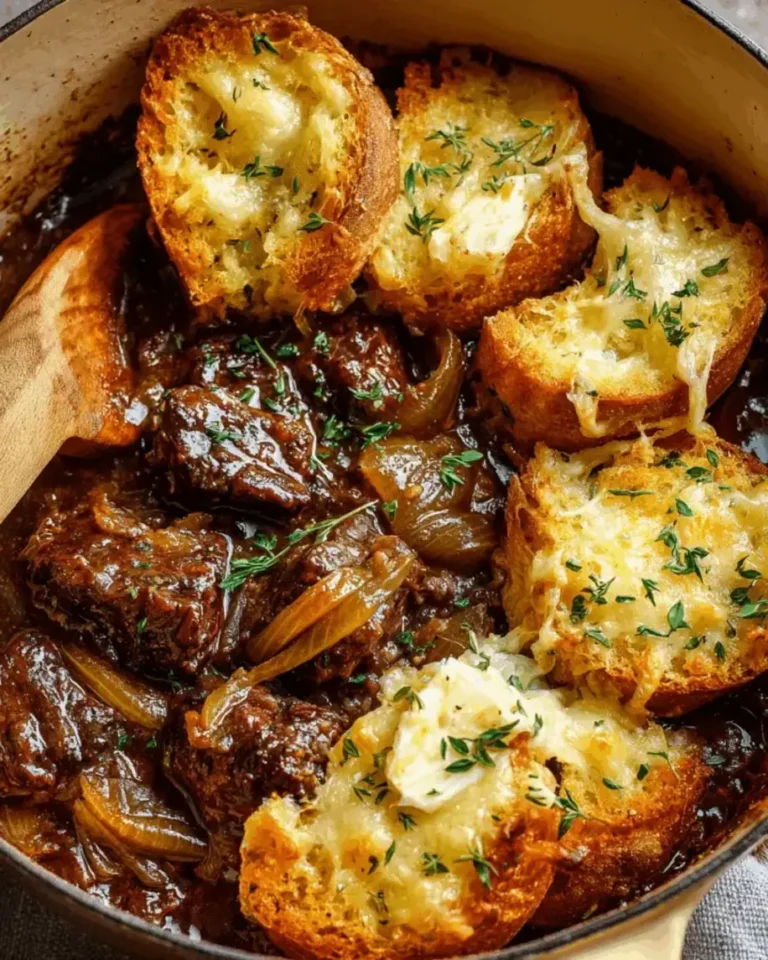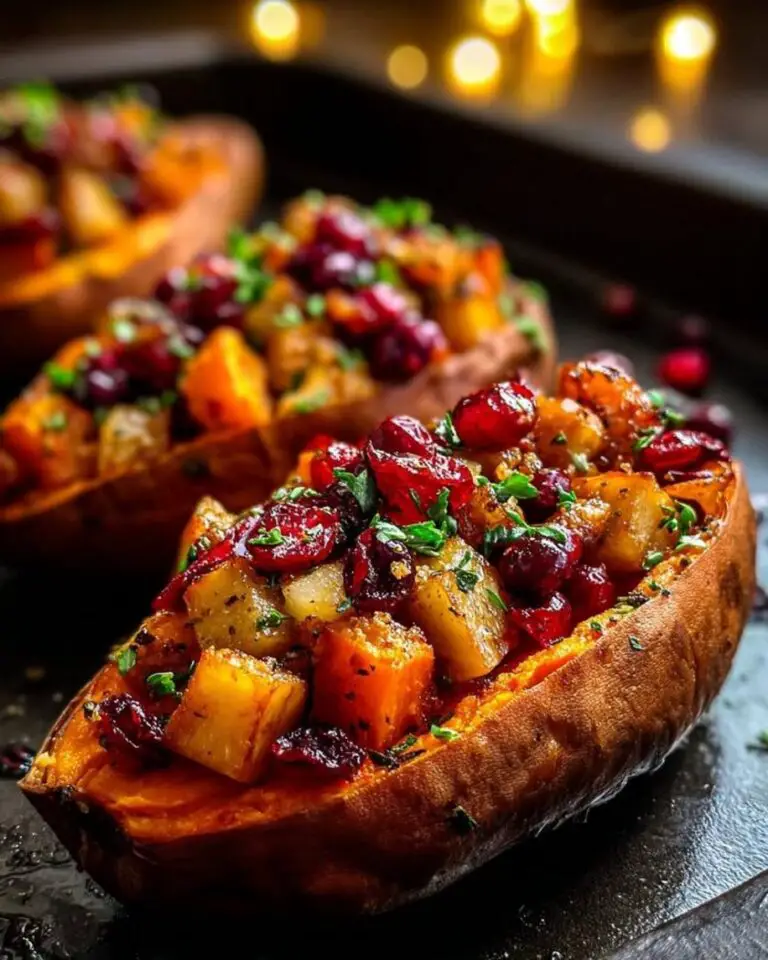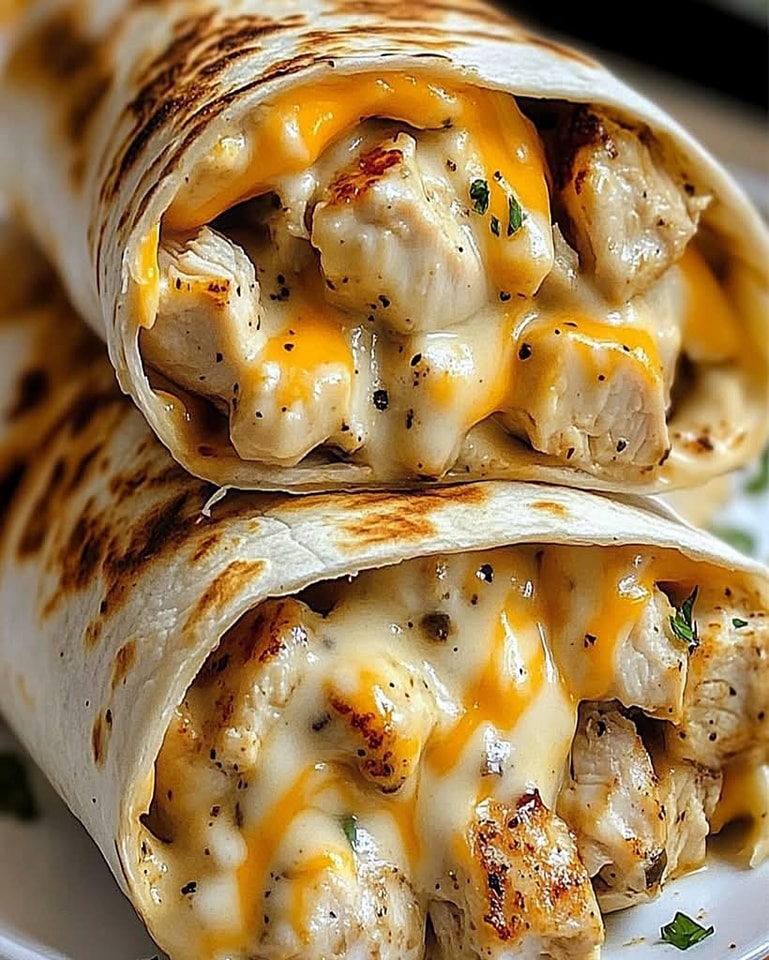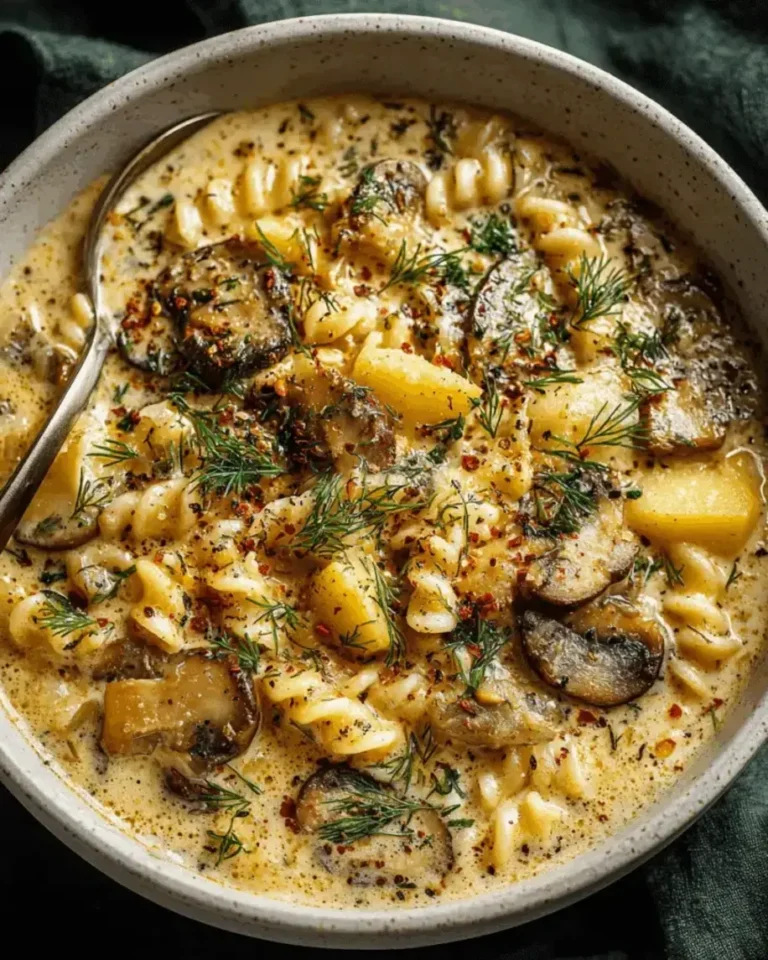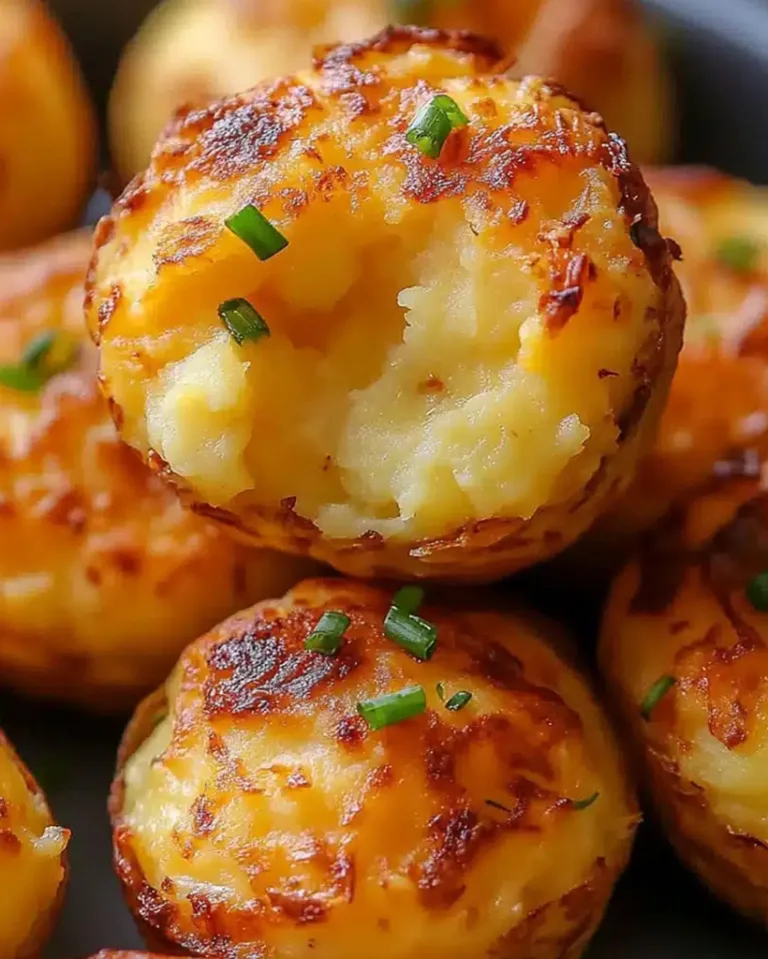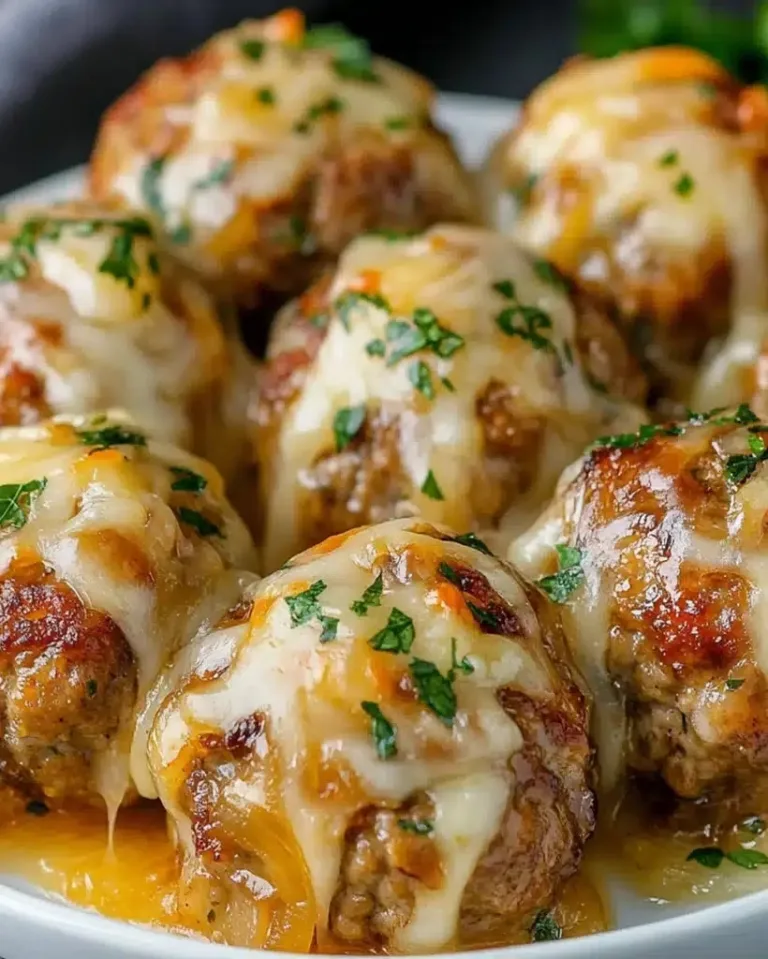Best Low Carb Fish Taco Bowls – Ready in 30 Minutes
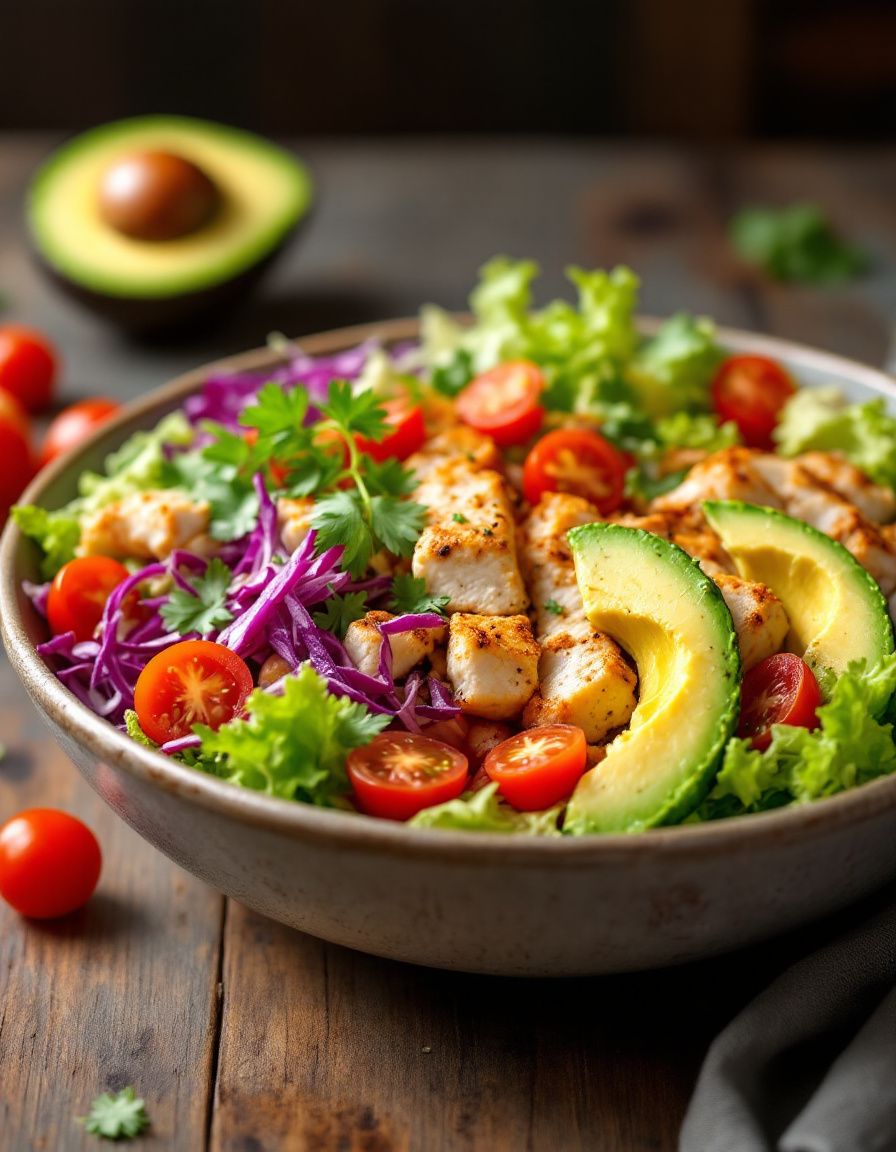
Low Carb Fish Taco Bowls – A Healthy & Flavorful Twist!
Fish taco bowls are the ultimate solution for those seeking a low-carb meal that is both tantalizing and vibrant. By combining succulent fish with a medley of fresh vegetables, you can enjoy a dish that bursts with flavor while staying on track with your health goals. The bright colors and zesty flavors create an inviting dinner option perfect for any occasion. Picture flaky white fish perfectly seasoned, nestled in a bowl surrounded by a colorful array of toppings—it’s a treat for both the palate and the eyes.
These low carb fish taco bowls deliver on taste and nutrition without sacrificing the satisfaction of traditional tacos. Each bite brings a combination of textures, from crunchy cabbage to creamy avocado, enhancing the overall eating experience. Whether you’re following a low-carb lifestyle or simply looking to incorporate healthier meals into your routine, this recipe will leave you fully satisfied and wanting more!
Quick Recipe Highlights
- Flavor Profile: The fish is marinated with zesty lime and spices, paired with cool avocado and sharp salsa for a perfect contrast.
- Texture: Experience a delightful crunch from the fresh veggies and a soft, flaky texture from the fish.
- Aroma: The dish is infused with aromatic notes from cilantro and citrus, inviting you to dig in!
- Visual Appeal: These bowls are a feast for the eyes, with fresh, colorful ingredients layered to create an enticing presentation.
- Skill Level Needed: Ideal for beginners as well as experienced cooks, mastering this recipe is easy and gratifying.
- Special Equipment: All you need is a skillet for cooking the fish and a cutting board for prepping your veggies.
Recipe Overview
- Difficulty Level: Easy, making it perfect for quick weeknight dinners or casual entertaining.
- Category: This recipe falls under healthy dinners and fast meals, offering a guilt-free dining option.
- Cuisine: Drawing from Latin flavors, these taco bowls are inspired by traditional Mexican cuisine.
- Cost: Ingredients are affordable, making this a budget-friendly meal that doesn’t skimp on flavor.
- Season: These bowls are perfect for summer, highlighting fresh, seasonal produce available during the warmer months.
- Occasion: Ideal for casual get-togethers, family meals, or even meal prep for the week ahead.
Why You’ll Love This Recipe
Indulging in these low carb fish taco bowls means treating yourself to a delightful hit of flavors and textures. The marinated fish delivers a burst of freshness, complemented by the crunchy vegetables and rich avocado. Together, they create a compilation of tastes that dance on your palate, ensuring that every bite is satisfying.
Preparation is swift and easy, making these fish taco bowls a convenient option for any weeknight meal. All it takes is a quick marinade for the fish and some chopping for the veggies, allowing you to whip up dinner without spending hours in the kitchen. Plus, as everything is assembled in bowls, cleanup is minimal—perfect for busy evenings.
When it comes to nutrition, these bowls shine with wholesome ingredients that are low in carbs and high in essential nutrients. Packed with lean protein from the fish and healthy fats from the avocado, you can enjoy a nourishing meal without the guilt. It’s an excellent option for anyone watching their carb intake while ensuring they get their daily servings of vegetables.
Social gatherings are made more enjoyable with this recipe, as it invites everyone to assemble their own flavorful bowls. This interactive dining experience is perfect for families or entertaining friends, allowing each guest to personalize their meal according to their tastes. Sharing a meal made with fresh ingredients fosters a sense of community and connection.
Cost-effectiveness and accessibility are additional perks of this recipe. You don’t need expensive or hard-to-find ingredients to create a meal that looks and tastes restaurant-quality. Many of the components are pantry staples or easily sourced, making it easy to enjoy flavorful food that aligns with your budget.
Historical Background and Cultural Significance
The origins of fish tacos can be traced back to the coastal regions of Mexico, where fresh fish is abundant and forms a cornerstone of local diets. Traditionally, fish tacos were made with fried fish, served atop corn tortillas, topped with cabbage and salsa. Over the years, this humble dish has evolved, gaining popularity beyond its coastal roots and becoming a staple in Mexican cuisine.
Fish tacos hold cultural importance, representing the vibrant coastal lifestyle and the availability of fresh seafood. They embody the essence of Mexican culinary tradition, where simplicity and fresh ingredients come together to celebrate flavor. As they gained traction in the United States and globally, various adaptations emerged, reflecting diverse creative interpretations of this classic dish.
The evolution of fish tacos reflects broader trends in health and cooking. As dietary preferences change and more people focus on healthy eating, fish tacos have been transformed into lighter and low-carb variations. This evolution showcases how traditional recipes can adapt to contemporary health needs without losing their essential character.
Regional variations exist, showcasing the creativity of chefs and home cooks alike. From creamy sauces to spicy mayo, there are countless ways to elevate fish tacos. Each region adds its unique touch, ensuring that this beloved dish continues to be enjoyed in various forms.
Ingredient Deep Dive
Fish: Fish is the centerpiece of any taco bowl, typically chosen for its mild flavor and flaky texture. Popular varieties include cod, tilapia, or mahi-mahi, as these fish can be easily marinated and cooked to perfection. Packed with protein, fish also offers essential omega-3 fatty acids, contributing to heart health. When selecting fish, look for fresh, firm fillets with clean, oceanic aromas. Store in the refrigerator for up to two days or freeze for longer preservation, ensuring to use them within three months for freshness. Substitutions can include shrimp or grilled chicken for varying flavors.
Cabbage: Crucial for adding a crispy texture to the taco bowls, cabbage is low in calories and high in nutrients. Its crunchy nature provides a satisfying bite while also adding fiber to the meal, promoting digestive health. Choose fresh heads of cabbage that are firm and dense. For storage, wrap in plastic and place in the fridge where it can last for up to two weeks. If necessary, replace with lettuce or any firm leafy greens for variety.
Avocado: Creamy avocado enhances the mouthfeel of the taco bowls, providing healthy fats that are beneficial for heart health. The rich nutrient profile of avocados includes potassium, vitamins E, and C, promoting overall wellness. Select avocados that give slightly under gentle pressure for ripeness. Store at room temperature until ripe, then refrigerate if not using immediately. For alternative options, consider using guacamole or a dollop of Greek yogurt for added creaminess.
Salsa: Adding a zesty kick to the bowls, salsa introduces an array of flavors and freshness. Tomatoes, onions, and peppers blend to create a vibrant topping. The nutrient-rich ingredients of salsa contribute vitamins and antioxidants to the dish. When selecting salsa, opt for fresh or homemade versions for the best taste. Store in the refrigerator in an airtight container for up to a week. Variations can include fruit-based salsas such as mango or pineapple for sweeter flavor profiles.
Common Mistakes to Avoid
- Overcooking the fish: Always cook fish until just opaque to maintain its tenderness and prevent dryness. Use a meat thermometer to check for doneness.
- Forgetting to marinate: Allowing the fish to marinate enhances flavor significantly; don’t skip this step even if in a hurry.
- Using old ingredients: Always use fresh produce for optimal flavor and nutritional benefits. Check the firmness of vegetables and the ripeness of fruits like avocados.
- Neglecting seasoning: Season each layer of the bowl; bland fish or veggies will lead to a lackluster meal.
- Improper assembly: Layer ingredients thoughtfully to avoid soggy bowls. Start with the fish, then add toppings while keeping textures in mind.
- Ignoring presentation: Visual appeal matters! Arrange colors attractively to enhance the eating experience.
- Inadequate storage: Store leftovers properly to avoid spoilage. Always label containers with dates to ensure freshness.
- Not customizing: Allow for personal tastes! Encourage adding more toppings or incorporating fun additions like cheese or jalapeños for zest.
Essential Techniques
Marinating Fish: Marinating fish is vital for enhancing its flavor. To master this technique, select a marinade that complements the fish type. Avoid marinating too long; fish typically needs one hour or less to absorb flavors without overpowering its natural taste.
Cooking Fish: Mastering the cooking of fish involves understanding its cooking time and proper techniques like pan-searing or grilling. Look for a golden crust for pan-seared fish and ensure it’s flaky when pierced—indicating it’s done.
Chopping Vegetables: Skillful chopping not only affects presentation but also even cooking. Use a sharp knife and consistent technique to ensure uniformity, avoiding larger pieces that may require longer cooking.
Assembling the Bowl: The assembly is key to keeping each ingredient distinct. Layer from heaviest to lightest, allowing fresh toppings to crown the bowl. Experiment with different heights and colors to create excitement visually.
Pro Tips for Perfect Low Carb Fish Taco Bowls
1. Always ensure your fish is fully thawed if frozen to ensure even cooking.
2. Use a non-stick pan for searing to avoid sticking and achieve a nice crust.
3. Pre-chop all veggies ahead of time for quick assembly during meals.
4. Store leftover salsa separately to keep bowls fresh for longer.
5. Make it spicy with fresh jalapeños or hot sauce for a flavor rush!
6. Avocado can brown quickly; consider using lime juice to prolong its freshness.
7. Opt for small, corn tortillas on the side if you desire, but keep it low-carb by skipping them.
8. Experiment with different fish types and marinades for a unique twist every time.
Variations and Adaptations
Easily adaptable, these fish taco bowls can cater to various preferences and seasonal ingredients. A fantastic variation is to incorporate seasonal veggies, such as roasted winter squash or grilled asparagus, during colder months. Additionally, you can provide toppings like pickled onions or fresh herbs to elevate the flavor profile.
For those following specific dietary needs, these bowls can be made dairy-free by omitting cheese and opting for a dairy-free yogurt option for a creamy lift. If you want to increase the crunch, consider swapping traditional proteins for shrimp or grilled chicken, adding a new texture and taste.
Flavor-wise, experiment with different spices in the marinade—like smoky chipotle or curry powder—to switch up the flavor base. Lastly, presentations can also vary; try presenting on a large communal platter for sharing, allowing guests to build their own bowls at the table for an interactive dining experience.
Serving and Presentation Guide
Plating your low carb fish taco bowls can boost your meal’s appeal significantly. Start with a base layer of chopped cabbage before adding the marinated fish on top. Create heights with your ingredients, layering vegetables and toppings to create a beautiful arrangement.
Garnishing plays a vital role; consider adding fresh cilantro leaves, a lime wedge, or thinly sliced radishes for color and a pop of freshness. Traditional accompaniments like jalapeños or salsa add color and enhance flavors, keeping guests engaged to customize their portions.
Serve slightly warm but not hot, to maintain the balance of freshness. Consider portion control by offering smaller bowls for a lighter meal—this can help in managing serving sizes while allowing for variety and multiple flavors on the plate.
Wine and Beverage Pairing
For elegant drinks paired with your low carb fish taco bowls, consider a crisp white wine such as Sauvignon Blanc, with its citrus notes complementing the fish superbly. A light-bodied Pinot Grigio also works well, balancing the flavors without overwhelming your meal.
If you prefer non-alcoholic beverages, a refreshing sparkling water with lime can cleanse the palate effectively. Alternatively, a homemade iced tea with mint offers a fragrant touch that matches the meal pleasantly.
Pay attention to serving temperatures; white wines should be chilled while sparkling water is best served icy cold for refreshing sips throughout the meal. Always encourage guests to create their combinations, promoting interaction during the dining experience.
Storage and Shelf Life
To store your low carb fish taco bowls, transfer any leftovers to airtight containers promptly. For optimal freshness, refrigerate the components separately with fish kept no longer than two days, while vegetables maintain their crunch for up to four days.
Freezing is an option for fish if you do it before cooking; store in sealed bags labeled with dates to enjoy the product later. When reheating, ensure fish is heated through but avoid overcooking to prevent them from becoming rubbery. Lightly steam or sauté vegetables to maintain their fresh texture.
Be aware of spoilage signs, such as sour odors or discoloration. Proper attention ensures you can enjoy your nutritious meal without waste.
Make Ahead Strategies
Prepping low carb fish taco bowls can become a breeze with some make-ahead strategies. Marinate fish the night before to allow flavors to deepen while also saving time during the week. Chopping vegetables ahead of time maximizes efficiency, allowing for quick meal assembly.
Store prepped components separately within sealed containers in the fridge to prevent wilting or over-saturation. Keep sauces and toppings separate to maintain taste integrity until serving. Also, plan a timeline ensuring you assemble the bowls during the freshest stage, besting quality concerns.
For those who love fresh toppings, save avocado and lettuce additions for assembly time. This ensures every bite bursts with freshness while allowing customization for each meal.
Scaling Instructions
Scaling your low carb fish taco bowls can be done effortlessly. To half the recipe, simply reduce ingredient quantities by 50% while respecting cooking times; check fish for doneness earlier.
Increasing the recipe is equally simple: double each component while considering larger pan sizes or additional cookware. Ensure ample space in your cooking apparatus to allow for even cooking.
When scaling up, timing adjustments are essential. Batch cooking can help perfect flavors while freezing any extra portions for quick meals later. Remain cognizant of storage, labeling each container for clarity.
Nutritional Deep Dive
This recipe provides an impressive macro breakdown, delivering abundant protein from the fish while maintaining low carbohydrates through crunchy veggies. The healthy fats from avocado introduce important dietary elements that can enhance heart health.
On a micronutritional level, you’ll discover plenty of vitamins and minerals sourced from fresh produce. The digestion-friendly fiber from cabbage and avocados promotes gut health, while many herbs and spices introduce antioxidants crucial for natural body defenses.
Understanding portion sizes is key, especially when aiming for weight management. Adapting ingredient amounts or serving sizes can help maintain balance while still enjoying these delightful bowls.
Dietary Adaptations
Adapting the low carb fish taco bowls to meet specific dietary needs makes them accessible to everyone. For gluten-free diets, ensure any sauces or wraps are verified gluten-free. If someone requires dairy-free options, simply eliminate cheese and use avocado or dairy alternatives instead.
Vegan versions can be created by substituting fish with marinated tofu or tempeh, adding protein while maintaining flavor. Low-carb diets benefit from excluding traditional tortillas, emphasizing fresh ingredients instead.
For those following the keto diet, prioritize high-fat toppings like cheese and avocado while avoiding starchy sides. Be mindful of portion sizes for carbs and overall calorie intake, adjusting accordingly to promote success.
Troubleshooting Guide
If you encounter texture issues, ensure you’re not overcooking your fish, as this can lead to a rubbery experience. Adjust cooking time based on thickness to maintain delicate flakiness.
For flavor balance concerns, revisit your seasoning and marination process. Often, fish can benefit from additional spice or citrus to brighten up flavors and counteract blandness.
Noticing temperature problems may arise if the cooking vessel isn’t preheated or if fish is overcrowded, leading to steaming instead of searing. Make sure to preheat pans adequately, allowing moisture to dissipate.
If you’re facing ingredient substitutions, always consider that different proteins may cook at varying times; adapt your preparation layout accordingly. Lastly, timing concerns can often be remedied by organizing each step ahead of time to ensure timely assembly.
Recipe Success Stories
Readers praise the flexibility of the low carb fish taco bowls, sharing their successes with alternative veggies and proteins. User feedback reflects delight in the colorful configurations, illustrating how they create beautiful and diverse bowls.
Adaptation stories are abound, with families sharing variations that fit their dietary needs—such as the introduction of different fish or vegan substitutions. Those integrating these bowls into meal prep routines often highlight convenience, showcasing its appeal for busy lifestyles.
Photography enthusiasts within the community share their version of the recipe, encouraging artistic representation while plating. This fosters a supportive environment where individuals can showcase their colorful, low-carb concoctions.
Frequently Asked Questions
What are the best fish options for taco bowls? White fish such as cod, tilapia, or mahi-mahi work well due to their mild flavor and flaky texture. However, shrimp is also a popular choice for a different taste.
Can I prepare the fish ahead of time? Absolutely! Marinate the fish in advance and store it in the refrigerator. This allows the flavors to develop while saving time on the day of cooking.
How can I make these bowls spicier? To enhance the heat, consider adding diced jalapeños, a spicy salsa, or even a drizzle of hot sauce over your assembled bowls.
Are there any vegetarian options? Yes! For vegetarian taco bowls, substitute the fish with marinated tofu or tempeh, which also absorbs marinades well.
What toppings are recommended for these bowls? Top your bowls with avocado, shredded carrots, cilantro, fresh lime juice, or your choice of salsa to add texture and flavor variety.
Can children enjoy this recipe? Absolutely! The fresh and colorful presentation often draws children in, making it a fun meal for the whole family.
How can I meal prep these bowls? Simply prep each ingredient separately, like cutting veggies and marinating fish, then assemble them by day—this allows fresh meals without hassle.
What side dishes pair well with fish taco bowls? Consider serving with side salads, black beans, or even low-carb tortillas for a complete meal experience.
How do I store leftovers appropriately? Place leftovers in airtight containers, keeping components separated to maintain freshness and avoid sogginess; fish can last up to two days in the fridge.
Additional Resources
For those who love exploring flavorful options, similar recipes include shrimp tacos, grilled chicken bowls, or even veggie wraps packed with fresh produce. Technique guides for marinating, grilling, and prepping veggies can help refine skills in the kitchen, while ingredient information can assist in understanding seasonal produce.
Equipment recommendations—such as non-stick pans, serrated knives, and airtight containers—are vital to successfully recreate these dishes. Additionally, seasonal variations on fish tacos can inspire fresh creations year-round.
Join the Conversation
We love hearing your experiences with our recipes! Share your culinary creations and photography on social media, and engage with fellow foodies in the community. Feedback and reviews help improve and inspire our future recipes while fostering a sense of belonging for everyone who loves cooking.
Do you have your tweaks and variations? Share them with us! Engaging in this conversation enriches our cooking experience, bringing our audience closer and continuing to innovate delicious low carb meals.
The Recipe
Low Carb Fish Taco Bowls
Serves: 4
Prep Time: 15 mins
Cook Time: 20 mins
Total Time: 35 mins
Kitchen Equipment Needed
- Non-stick skillet
- Cutting board
- Knife
- Airtight containers for storage
Ingredients
- 1 lb white fish fillets (cod, tilapia, or mahi-mahi)
- 1 tablespoon olive oil
- 1 teaspoon cumin
- 1 teaspoon chili powder
- Juice of 1 lime
- 2 cups shredded cabbage
- 1 avocado, sliced
- 1 cup salsa
- Fresh cilantro for garnish
Directions
- In a bowl, combine olive oil, cumin, chili powder, and lime juice. Add fish fillets, ensuring they are well-coated. Allow marinating for 15 minutes.
- Heat a non-stick skillet over medium-high heat. Add the marinated fish and cook for about 4-5 minutes on each side until cooked through and flaky.
- While the fish cooks, prep your toppings by slicing avocado and preparing salsa.
- To assemble, start with a base of shredded cabbage in bowls, top with pieces of cooked fish, sliced avocado, and a generous spoonful of salsa.
- Garnish with fresh cilantro and an additional squeeze of lime if desired. Serve immediately and enjoy!
Recipe Notes
- For added heat, consider incorporating jalapeños in the bowls.
- Experiment with different types of fish based on preferences or seasonal availability.
- Store leftover components separately to keep ingredients fresh and crisp.

